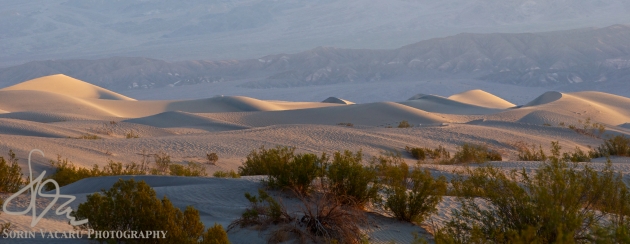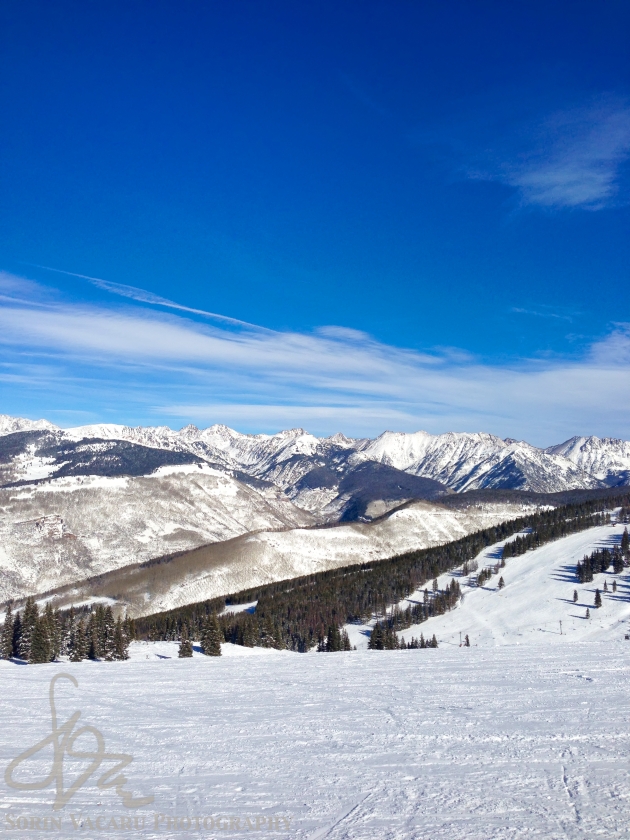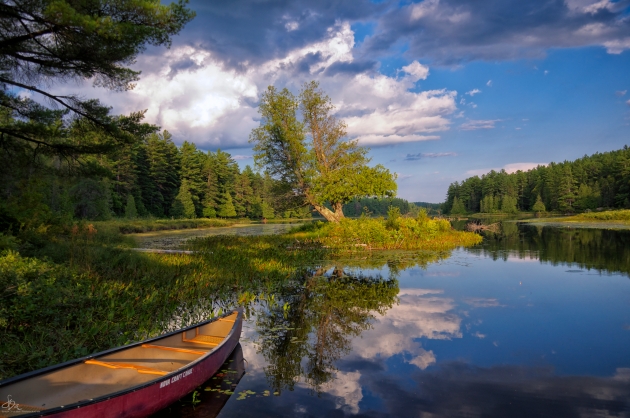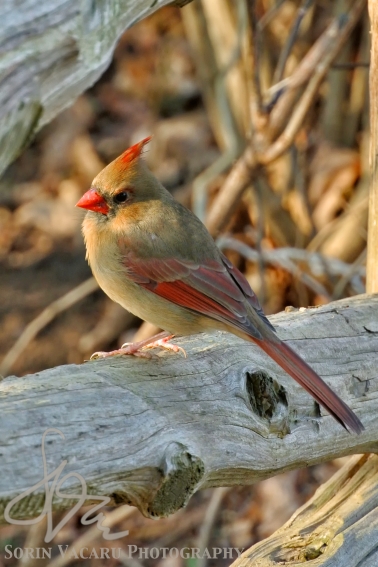
(Nikon 1 V1, 1 Nikkor VR 10-30mm f/3.8-5.6, ISO 100, f/6.3, 1/160s).
If you thought you cannot get enough detail from a CX format sensor, I encourage you to download here and print these images. You will find that even though they are JPEG out of the camera, you can print quite large.
See more like this at Sorin Vacaru Photography
The Holiday Camera Shopping article was meant to be short and concise. Sadly, once I started writing the full frame section of the article I realized that I needed to split it in three parts: full frame, mirrorless and APS-C/DX. The main culprit is the mirrorless realm. The full frame section was easy and fun. Mirrorless is a mess. 😉 I am now sitting in front of the blank page wondering how I got myself into this pickle. Well, for what it is worth, here goes …
The mirrorless camera segment means radically different things to different camera makers. I have rarely seen such divergence of strategies for vendors/makers competing for supposedly the same market segment. Looking at the user side we see the same lack of consistency when it comes to requirements and expectations. In a way, this is typical behaviour for an immature market. IMHO, we are actually looking at several market niches, rather than a single segment. These niches have distinct providers and different consumers. The confusion stems from the fact that in all cases the solution happens to lack a mobile mirror and a prism, hence they are all labeled “mirror less” and painted the same colour. In reality, these cameras couldn’t be any more different.
We have four categories of mirrorless cameras:
- Cameras with DSLR level IQ in a (somewhat) smaller package (this is similar to the high performance gamer PCs – running Windows on the gazillion core Intel processors with really expensive graphics cards; they are not pretty and can sometimes be expensive, but they get it done); Sony is firmly planted in this space; their NEX cameras demonstrate an image quality on par with or better than DSLRs
- Cameras that allow a lot of flexibility and choice due to standardized and open specifications (the analogy here is your Linux platform where basically any piece of hardware will work; there is a lot of choice, from the very cost effective, low spec to the high performance and expensive); Micro 4/3 is the platform that fills this niche. Olympus and Panasonic have a solid lineup of cameras and lenses, augmented with lenses from third parties like Zeiss, Sigma, etc.
- Cameras that are trying to make the shooting experience as seamless as possible, with emphasis on user interaction, shape, industrial design and simplicity. These cameras do not attempt to provide ultimate performance, unless the specific characteristic is essential for the desired user experience; they are targeted to mass consumers with the pro users tagging along; they do, however, strive to provide the ultimate user experience. (to continue our analogy, these products are not unlike Apple’s products; /rant on – before you flood my inbox, please remember that Apple had many, many years at it and the benefit of a genius at the helm, so be patient …. /rant off. I place Nikon and perhaps Pentax in this category.
- The retro category is basically postulating that the classic camera design is the best thing since sliced bread. My computer analogy breaks down here. I cannot find a parallel between this trend and a trend in ANY other consumer technology space. The best I can do is to draw a parallel to the fact that mainframe computers are still being used in this day and age …. In this category, you guessed it, we have the Leicas and Fujis of the world.
You probably noticed the absence of Samsung and Canon from my examples above. Samsung is difficult to firmly plant in either category. They are trying a little bit of everything in categories 1, 2 and 3, which may prove to be their downfall in the end. Canon was the last major player to enter the game. In my opinion, their EOS M is still a larva with a gender yet to be defined. It does not excel in any area, so we will have to wait for EOS-M Take 2 from Canon.
Anyone who follows the mirrorless related discussions knows that opinions are extremely polarized: while some reviewers literally refuse to talk about the Nikon 1 system, established pro photographers produce works of art with them. While some will live and die by the image quality of the Sony NEX cameras, others will poo-poo the low selection of lenses, compared to the micro 4/3 world.
/rant on – the mirrorless space is so new that even spell checkers are oblivious to it. I have yet to find a word processor or web based interface that does not highlight “mirrorless” as a spelling error … /rant off.
Understanding that the single mirrorless camera market does not exist and that in fact there are a few distinct, non overlapping niches with their own providers and consumers goes a long way to explaining the intense debate raging on about anything and everything mirrorless. It is also my hope that it will help guide the reader of this article to making a better and more informed decision. On the flip side, this is not an exhaustive analysis of all available options. There are many other products that I could have named alongside the ones mentioned below. This is just my selection of the crop.
Without further due, let’s review the excellent options we have for each of the top three categories listed above. (I highly doubt that there are too many readers of this article willing to shell out between $1,000 and $7,000 on a mirrorless retro camera, so, for those interested, look up Fuji and Leica web sites).
1. Users looking primarily for a DSLR like image quality can expect some trade-offs in the auto focus and/or size/weight areas. Since the APS-C size sensor is big and requires large lenses, the cameras are not as small as other ones in the mirrorless category. The sensor is the single most expensive component of a digital camera body so you can expect a higher price tag as well. There are some excellent choices here coming from Sony. Any of the NEX 5, 6 or 7 models offer outstanding IQ at price points between $470 for the NEX-5N to $1,300 for the NEX-7. Beware, however, that the selection of lenses is somewhat limited compared to Micro 4/3 systems and you have to be willing to live on the cutting edge of technology (no retro styling here 😉 )
2. If you are looking for the best selection of lenses possible and a body with IQ close to the the DSLRs, Micro 4/3 is your middle name (and middle ground, by the way). At the high end the $1,000 Olympus OM-D E-M5 body is an exceptional camera. Coupled with the wide selection of m4/3 lenses available you have an extremely competent package. The downsides are size and speed of auto focus. While better than many other cameras, it still lags the DSLRs IQ and AF and the Nikon 1s AF speed. If you are looking for an entry level m4/3 camera, look no further than the Panasonic Lumix DMC G3. Currently priced at $300 is has a 16MP m4/3 sensor. There is a wide range of m4/3 bodies available in the $300-$1,000 range. The Olympus E-PM1 sells for $350, while the higher end and newer E-PL5 retails for $550.
3. Whether you are a point-and-shoot user looking for a better camera without the size and complexity of a DSLR or a DSLR user looking for a smaller camera to carry around when you do not feel like dragging along the Beast, there are a few very interesting options available. For those looking for DSLR like speed in a small and very elegant package, the Nikon 1 series is a very strong candidate. In good light, the Nikon 1 AF and continuous shooting equals or even beats pro Nikon DSLR bodies. The styling and simplicity of the camera generates a lot of hate mail from category #1 users who crash landed in this category #3 ;-). Please, folks, go back to #1 where you belong and where you will live happily ever after. This category is for another user group. The price range is $299 for the Nikon 1 V1 (in other words, a gift from Nikon) to the $750 Nikon 1 V2 body (still as overpriced as the V1 was at its introduction). In between, you find the Nikon 1 J1 and J2 models. If you want to grab the V1, hurry up: I see signs that Nikon is clearing their inventory. All Nikon 1 cameras have a CX format sensor much smaller than the APS-C or m4/3 formats. Image quality, however, is surprisingly good given the small sensor. In some cases, IQ is better than some of the m4/3 counterparts and quite close to some APS-C based cameras.
If you are looking for a very small camera that can still perform, look at the Pentax Q and Q10…. and I mean S M A L L. The Q weighs in at a whopping 180g. While the very small sensor does fall behind the Nikon 1 in image quality, if you want to slip a good camera in the back pocket of your really tight jeans, the Q is it. Priced at $350 for the Q and $530 for the Q10 they are not likely to break the bank either.
I want to wrap up by reminding you that there are many, many very interesting choices available. The key to avoiding bitter and possibly costly disappointment is to understand that mirrorless cameras are very, very different in their strengths and weaknesses. With the DSLRs we can pick a model knowing that it will likely be a good all around performer in a wide range of shooting situations. This is not the case with mirrorless cameras. For the next few years, limitations of mirrorless camera technology will force us to understand what exactly we need from that particular camera and which model best matches our needs.

(Nikon 1 V1, 1 Nikkor VR 10-30mm f/3.8-5.6, ISO 100, f/6.3, 1/160s).
Shooting with a small sensor camera can also present challenges. Notice how the red channel is “blown out”? Overexposing when shooting with the Nikon 1 is not unlike blowing out highlights on slide film (Fuji Velvia). The lack of RGB histograms makes it even trickier to correctly adjust exposure. Having said that, you will be shocked to find out that the dynamic range and colour depth of the Nikon 1 sensor is equal to a leading camera maker’s entry level DSLRs (the company shall remain unnamed, hint hint nudge nudge … 😉 )
See more like this at Sorin Vacaru Photography







